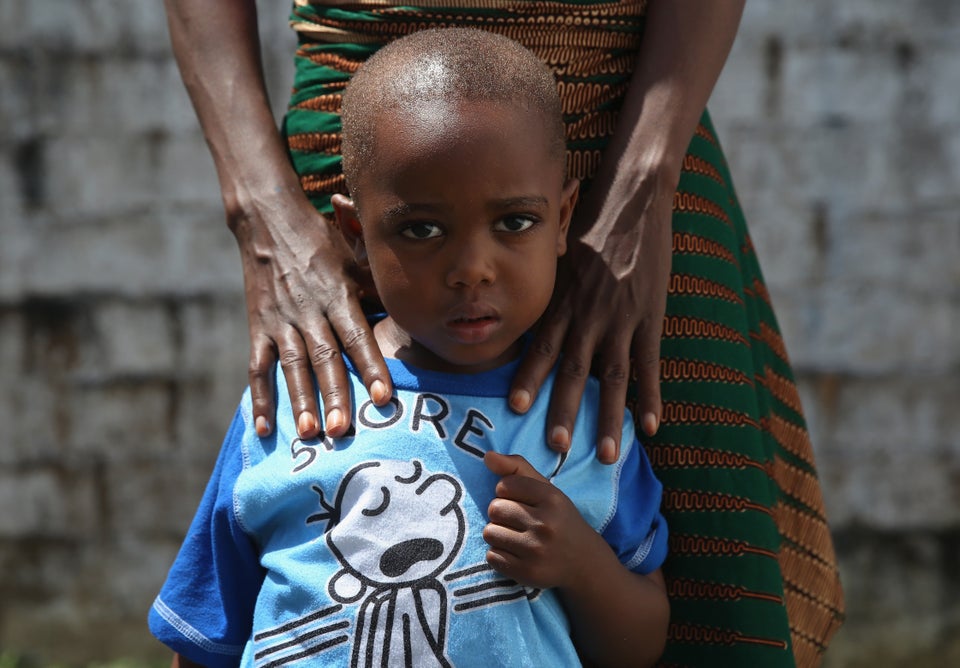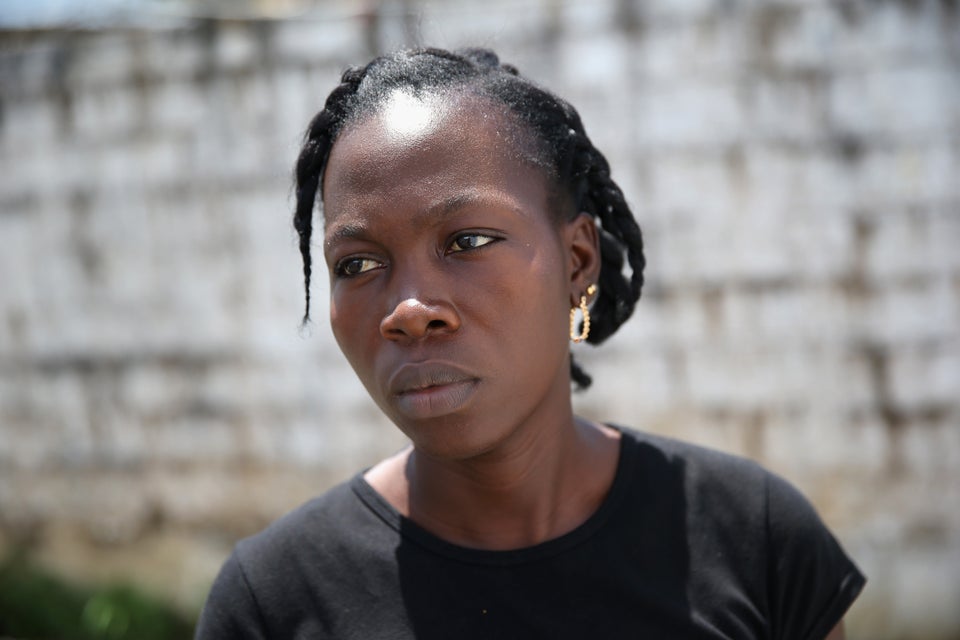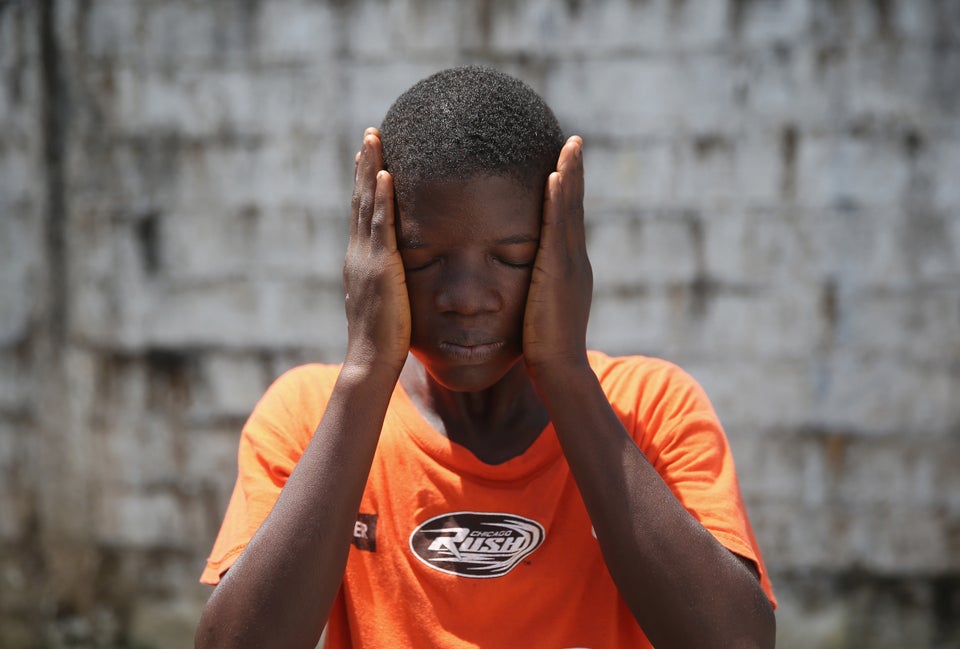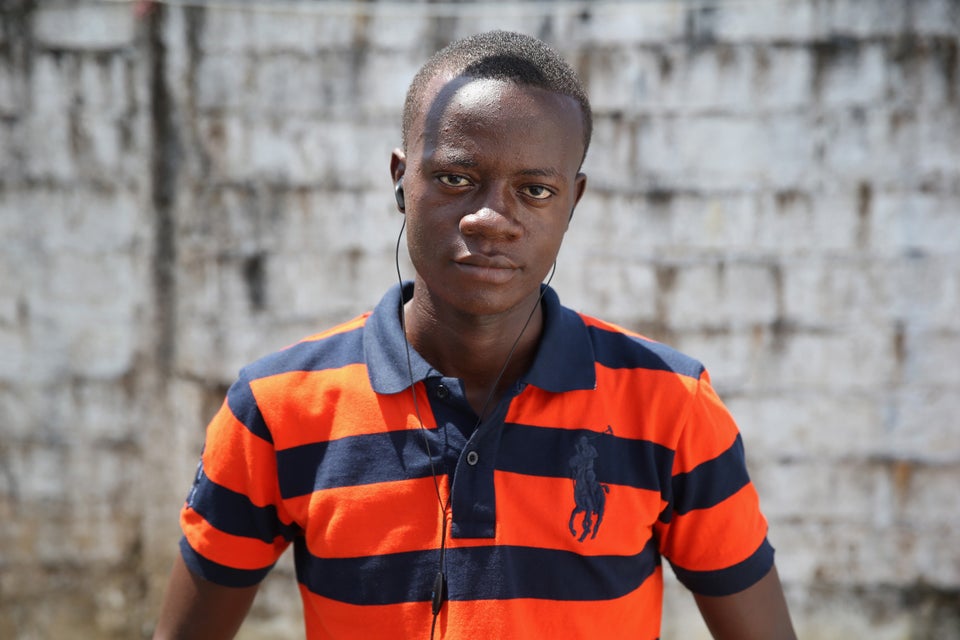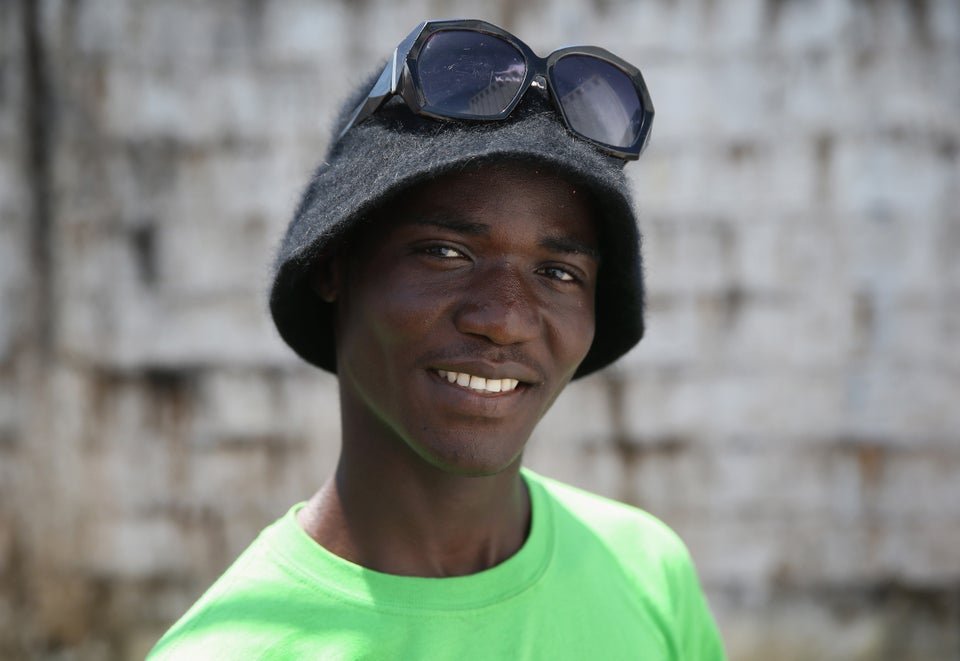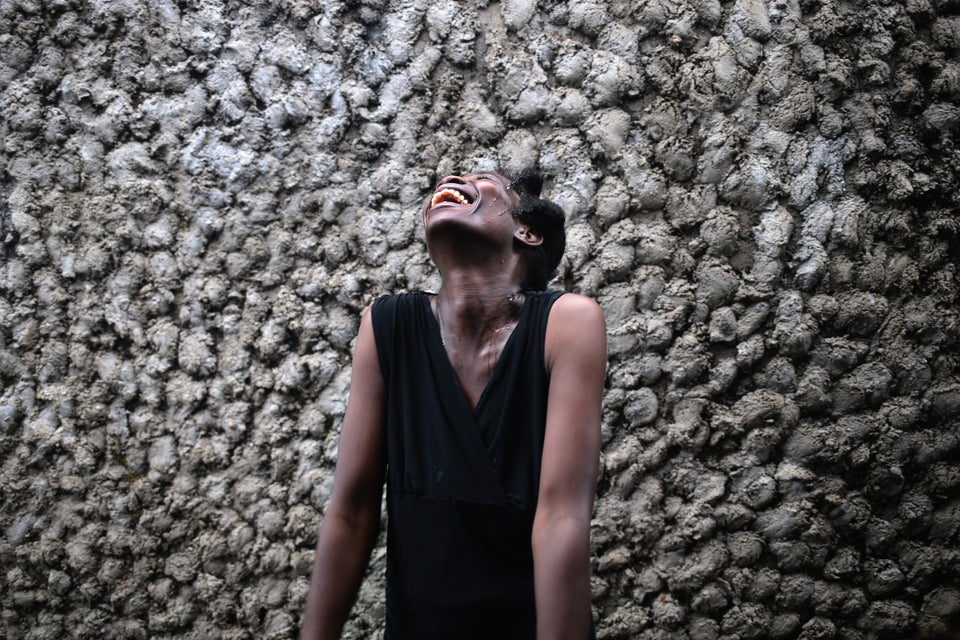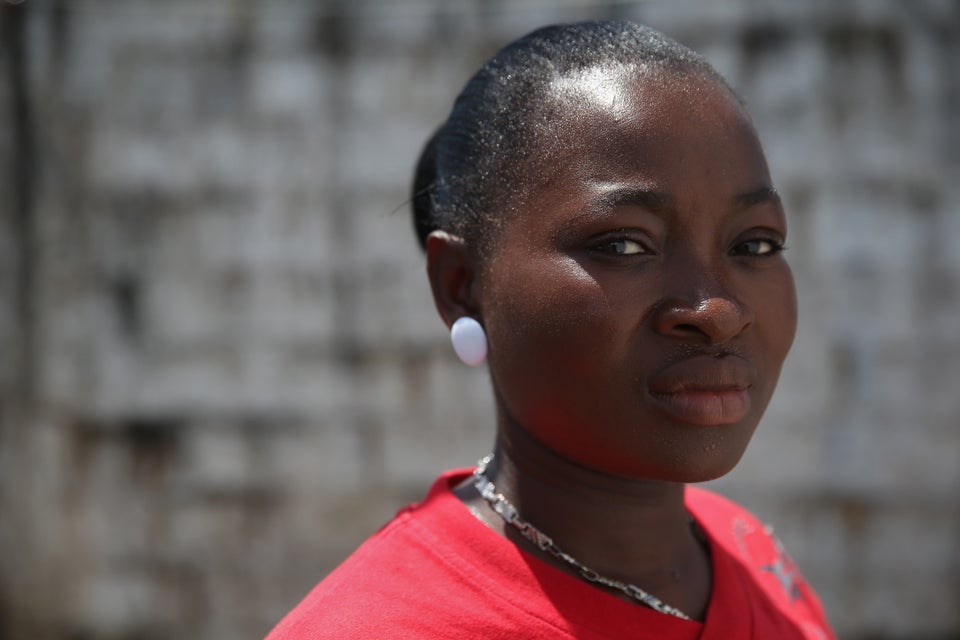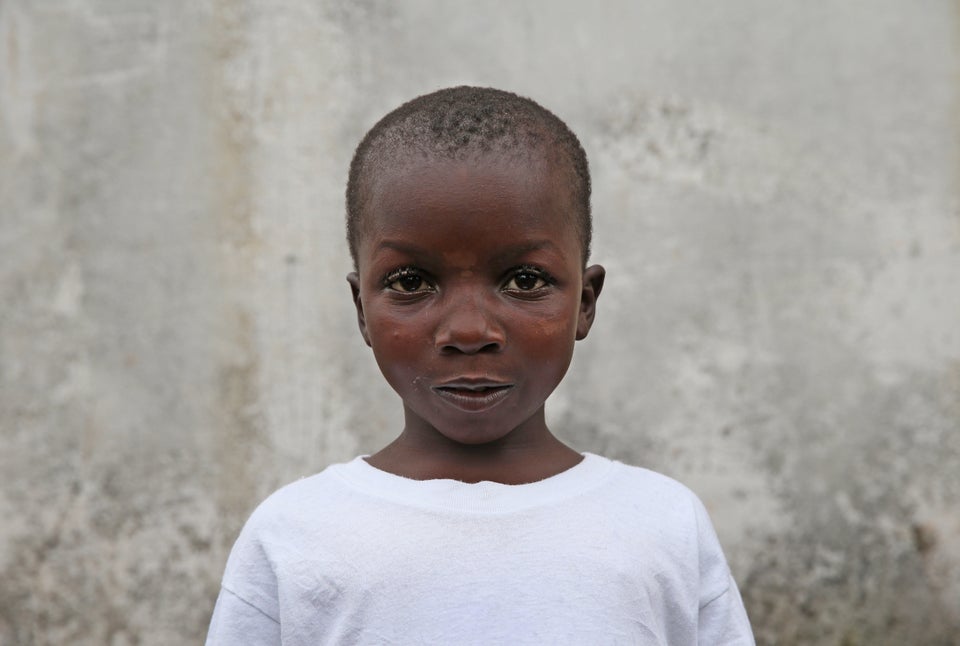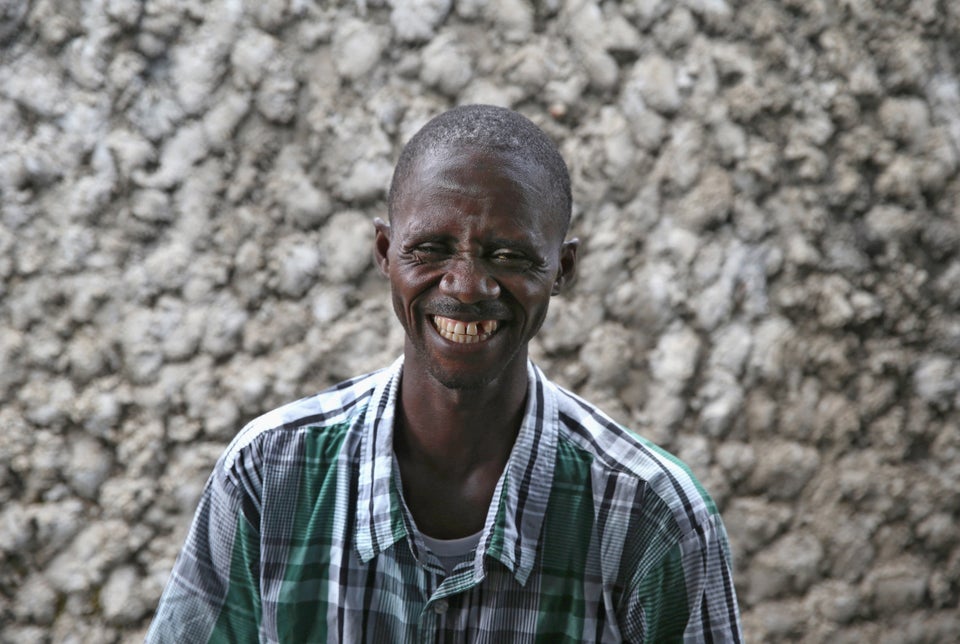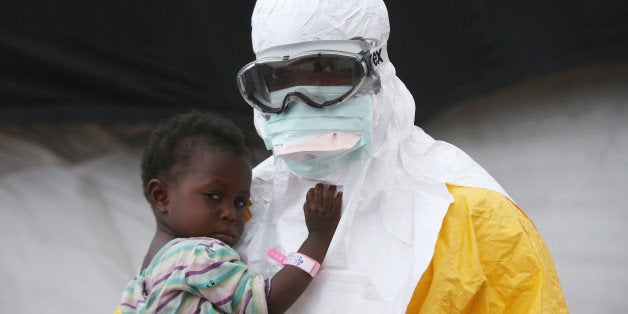
* Doctors and nurses needed rather than money
* Foreign countries reluctant to send trained staff
* More than 240 health workers have died of Ebola
By David Lewis
DAKAR, Oct 24 (Reuters) - When Australia offered more than $2 million last month to the medical charity leading the fight against Ebola in West Africa, Medecins Sans Frontieres bluntly rejected it.
What was urgently needed from rich Western countries, MSF said, was not more money but doctors and nurses.
Despite warnings that hundreds of thousands may die, foreign governments and organizations are still hesitating to dispatch highly trained civilian and military personnel to fight the worst ever outbreak of the deadly virus.
Even in the highly controlled environments in the West, two U.S. nurses and one Spaniard have contracted the disease, putting its dangers in sharp focus for Western governments and news media.
On Thursday, a New York City doctor who worked for MSF in Guinea became the organization's third foreign medic to contract the disease while treating people in West Africa.
The contrast with other humanitarian disasters, from the Haitian earthquake to the 2004 Asian Tsunami is stark. Aid workers say it can partly be explained by unease over Ebola's deadly nature, uncertainty over how to look after infected staff, and competing demands from other crises around the world.
With nearly 5,000 recorded deaths, and estimates the real toll is likely to be three times higher, governments and health organizations have pledged hundreds of millions of dollars.
But the World Health Organization said this week that just 25 percent of the isolation beds needed to halt the disease's march through Sierra Leone, Guinea and Liberia are in place.
The WHO estimates that 1,000 foreign medical workers and 20,000 locals are needed to man the 50 Ebola treatment units due to be rolled out across the three worst effected nations.
So far, the WHO says there are firm commitments from foreign teams for just 30 of these Ebola units.
"The big gap is still in human resources," said Manuel Fontaine, head of U.N. child agency UNICEF in West Africa. "Money is necessary. It is an expensive operation. But we need people."
In order to get Ebola under control, U.N. organizations estimate they must get 70 percent of all cases into treatment centers and ensure 70 percent of those who die of Ebola are buried safely. They hope to achieve that within two months.
"It seems like it should be feasible but there is a lot of concern about bringing back infections," he said.
THOUSANDS OF DETAILS
Without doubt, treating Ebola is dangerous. At least 443 health workers are known to have contracted Ebola, of whom 244 have died.
Donors are stumping up millions of dollars to pay local healthcare workers risk bonuses following a rash of strikes.
"Building ETUs (Ebola treatments units) is the easy part, the more challenging and more dangerous part is making them run safely. To stay safe you have to think through thousands of details," said Sean Casey, who runs one such unit for the International Medical Corps in Bong County in northern Liberia.
After the Haiti earthquake, Casey said "hundreds if not thousands" volunteered. This was party due to geography but also as they were able to work for two weeks at a time.
A stint fighting Ebola in West Africa involves six weeks in the region and another three away from work to avoid potentially infecting hospitals back home, he said.
Casey said organizations were often reluctant to tackle the disease. "In Haiti, everyone was there on the ground. Here all the usual actors have not responded to the call for help and some have even pulled out their staff," he said.
U.S. charity Samaritans Purse withdrew non-essential staff treating patients in July after two of its members caught Ebola. It has since returned but is not providing frontline care.
Trevor Hughes, director of security and risk management at U.S.-based International Relief and Development, which has staff on the ground, said Ebola was testing the limits of people who are used to volunteering for crises.
"There is an issue of the obvious, which is certainly fear," he said, adding that while organizations offered training, equipment and support, volunteers still worried about issues like insurance, logistics and whether sufficient standards were being maintained in a chaotic crisis zone.
AFRO-CUBAN SOLUTION
One major issue had been the lack of guarantees that volunteers would be evacuated to Western hospitals if they fell ill. U.S. and EU officials have since guaranteed this.
"There will be a mark when the logistics and other things will be in place, when there is a little bit more trust being built, and people will start heading out," Hughes said.
"It might be too little too late," he added.
Some aid workers suggest that the strategic importance of Liberia, Sierra Leone and Guinea was not high enough to mobilize major resources until people in the United States and Europe fell ill and it became an issue in the West.
Citing the case of an Ebola treatment center in Macenta, Guinea, one aid worker said France was putting up financing but then "sub-contracting" the construction and operation of these units to non-governmental groups.
"France says it is building it but in fact it is being built by MSF and it will be run by the Red Cross," she said.
The United States has pledged more cash and manpower than any other nation - up to $1 billion and as many as 4,000 troops. But U.S. personnel will build treatment units and train local staff, not provide care. Britain is adopting a similar strategy.
"When the risk is very high, the West is not going to send a lot of its own people," Dakar-based independent West African political analyst Gilles Yabi told Reuters.
Cuba, however, has bucked the trend, with Havana training up 461 doctors and nurses so they can help fight Ebola. So far, 256 have been dispatched to West Africa.
Having been criticized for not doing enough to help while also imposing border closures and travel restrictions that have hurt Ebola-hit nations, African nations are now starting to pledge medics.
Doctors from Uganda, with years of experience fighting Ebola, are helping run a clinic in Monrovia. Congo, which has faced six outbreaks back home, is training 1,000 volunteers.
East African Nations have promised over 600 health workers and Nigeria, which has successfully contained its Ebola cases this year, has pledged 500 medics.
Ian Quick, director at Rethink Fragility, an organization that focuses on fragile states, said the Ebola response was echoing current trends international peacekeeping, where rich states provide funds but poor nations send personnel.
"It makes sense in terms of comparative advantage ... but does tend to stick in everyone's craw ethically." (Additional reporting by Daniel Flynn in Dakar, Pascal Fletcher in Johannesburg, and Tom Miles in Geneva; Editing by Daniel Flynn and Giles Elgood)
As of early this month, UNICEF had received only 25 percent of its funding appeal. Support UNICEF's efforts to combat Ebola through the fundraising widget below or by calling 1-800-FOR-KIDS.
Related
Before You Go
